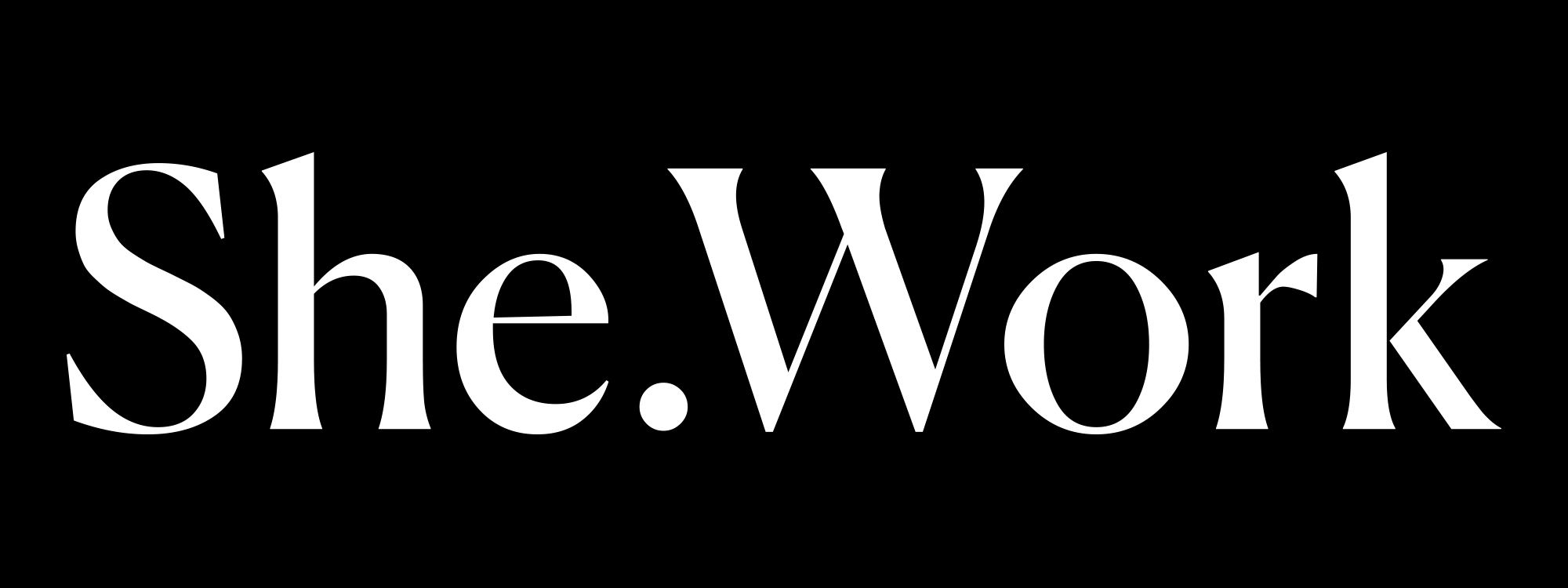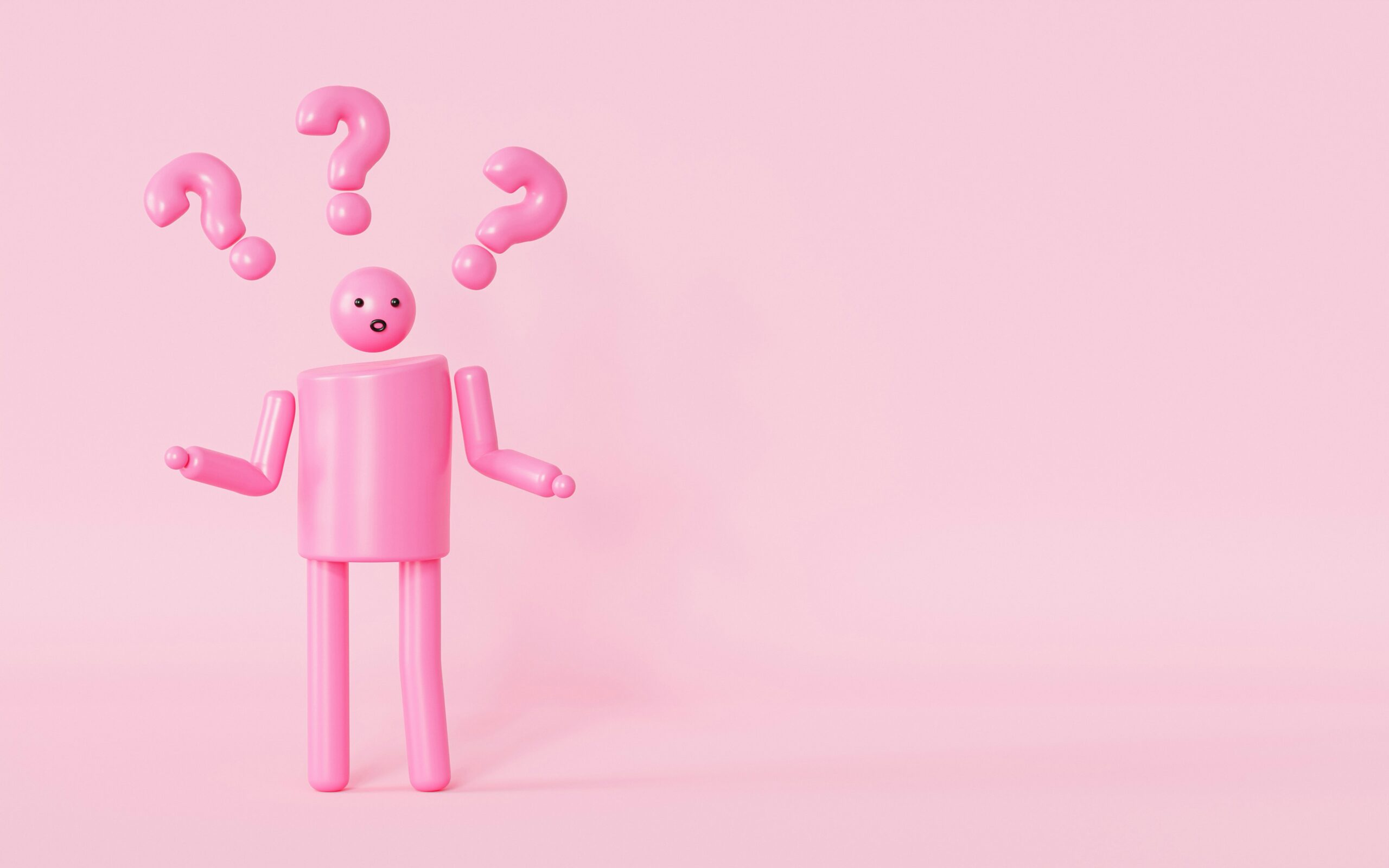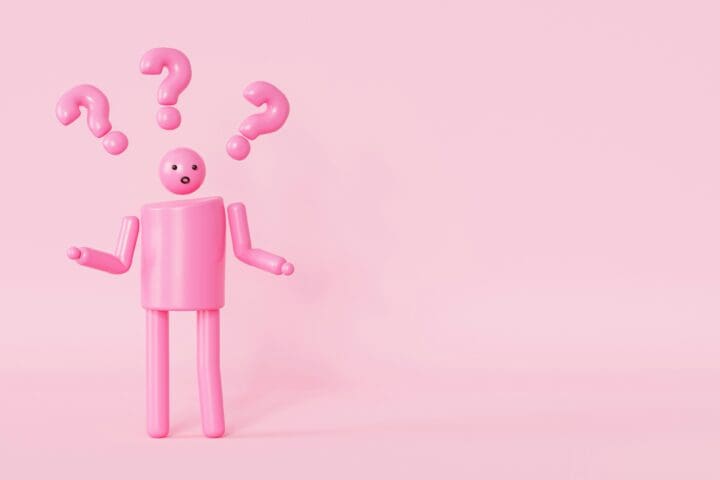Flow state, coined by psychologist Mihály Csíkszentmihályi, is a state of optimal focus and engagement where individuals perform at their highest potential. When in flow, people experience intense concentration, intrinsic motivation, and effortless action, often producing their best work with minimal distractions.
Flow occurs when skills and challenges are perfectly balanced—the task isn’t too easy (causing boredom) or too difficult (causing frustration). This state is common in athletes, artists, musicians, and professionals who engage deeply in their work.
Key Characteristics of Flow State
- Deep Concentration: Complete absorption in the task at hand.
- Loss of Self-Consciousness: Awareness of self and surroundings fades.
- Timelessness: Time seems to pass quickly or become irrelevant.
- Effortless Action: Work feels natural, fluid, and energizing.
- Intrinsic Motivation: Engagement is driven by passion rather than external rewards.
- Balance Between Challenge & Skill: The task is engaging yet achievable.
Why Flow State Matters
- Boosts Productivity: Helps individuals work efficiently with fewer distractions.
- Enhances Creativity: Encourages innovative thinking and problem-solving.
- Reduces Stress & Anxiety: Immersion in tasks creates a sense of fulfillment and reduces overthinking.
- Increases Job Satisfaction: Work feels more meaningful and enjoyable.
- Improves Learning & Skill Mastery: Deep focus enhances knowledge retention and skill development.
Examples of Flow State in Action
- A writer loses track of time while crafting a compelling story.
- A software developer codes seamlessly without distraction.
- A musician improvises effortlessly during a live performance.
- A designer enters a creative zone while working on a new project.
How to Enter Flow State
- Eliminate Distractions: Create a quiet, focused environment free from interruptions.
- Set Clear Goals: Define what you want to accomplish before starting.
- Engage in Meaningful Work: Choose tasks that align with your skills and interests.
- Find the Right Challenge Level: Ensure the task is neither too easy nor too difficult.
- Use Time Blocking: Dedicate uninterrupted periods for deep work.
- Practice Mindfulness & Focus Techniques: Meditate, use breathing exercises, or listen to instrumental music.
- Minimize Multitasking: Focus on one task at a time to maintain deep engagement.
Challenges of Achieving Flow State
- Distractions & Interruptions: Work environments may hinder focus.
- Task Misalignment: If a task is too hard or too easy, flow won’t occur.
- Lack of Clear Goals: Ambiguous tasks make it difficult to stay engaged.
- Mental Fatigue: Prolonged focus requires energy management and recovery.
- External Pressures: Stress and deadlines can disrupt natural immersion in work.
The Future of Flow State at Work
As remote and hybrid work models grow, employees and leaders must design workflows that encourage deep work. Organizations that prioritize focus-friendly environments, meaningful projects, and employee well-being will cultivate more engaged, high-performing teams.
Flow state isn’t just about productivity—it’s about finding fulfillment, creativity, and purpose in what you do. By structuring your work to foster deep engagement, you can achieve greater success and satisfaction.
Remember: The best work doesn’t come from working harder—it comes from working in flow.
✱ If you liked this article, please share it with a friend who could use inspiration.
If you have a topic in mind or a story to share anonymously or with your name, email us at team@she.work
✿ Thank you for reading!
Subscribe to be our bestie, no spam—just good vibes once a month.





